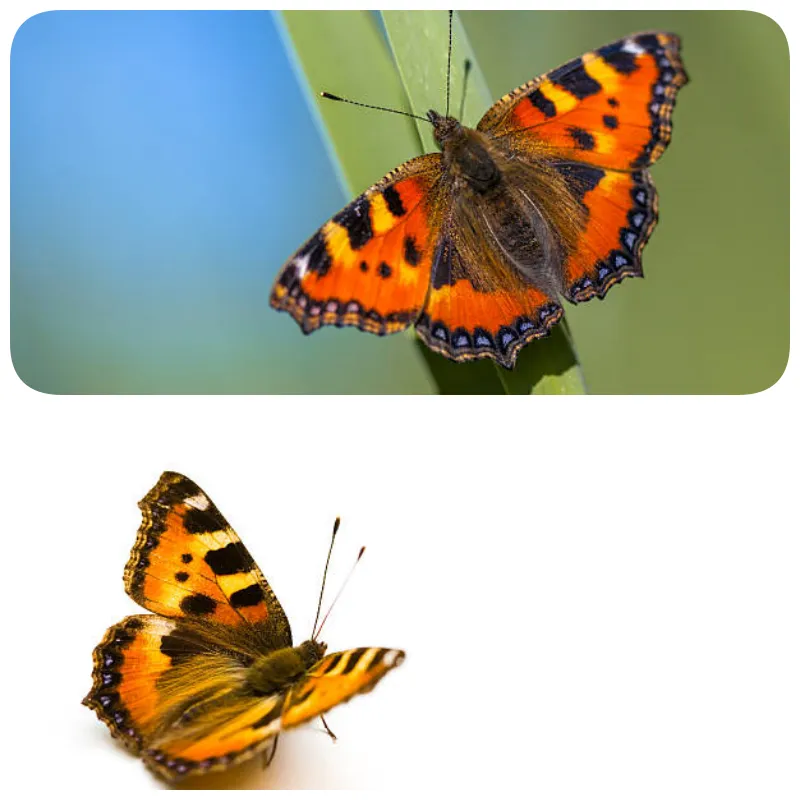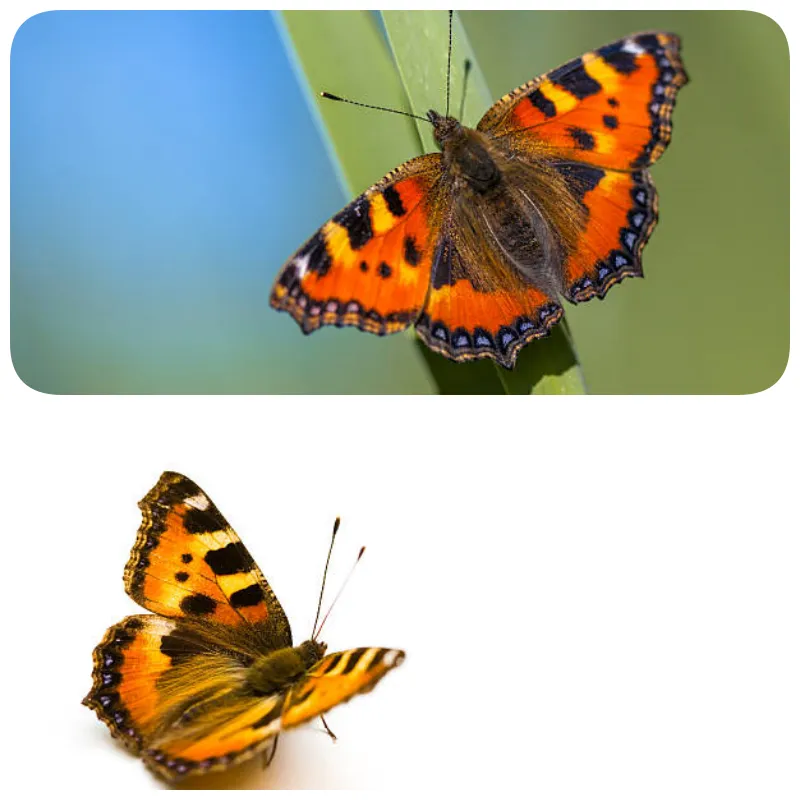
The Highest Altitude an Insect Can Fly
The tortoiseshell butterfly, specifically the Aglais urticae species, can fly at an altitude of 5,791 meters, making it the highest-flying insect ever recorded. The answer to the question of the maximum altitude an insect can achieve can be approached from two angles: the highest altitude observed for a flying insect and the theoretical maximum altitude an insect could reach, from the standpoint of IFL Science.

The Guinness World Record for the highest-flying insect is held by the tortoiseshell butterfly Aglais urticae. This migratory butterfly was found flying above the Zemu Glacier in the eastern Himalayas at an altitude of 5,791 meters, nearly reaching the height of Mount Kilimanjaro.
Providing a precise figure for the maximum altitude an insect can fly is challenging. “We can collect insects at altitudes of 1,524 to 1,828 meters,” said Phil Pellitteri, a researcher at the Insect Diagnostic Lab at the University of Wisconsin-Madison. “But wind is a major factor in the movement of insects, and it’s difficult to determine whether they are flying or drifting.”
All flying organisms, such as birds, insects, or bats, are limited in the altitude they can achieve due to three factors: air density, temperature, and oxygen concentration. The higher they go, the thinner the air becomes. With fewer air molecules available to lift their wings, flying becomes increasingly difficult. The same applies to oxygen, which insects need to breathe and function.
Air density and oxygen concentration drop to half of what they are at sea level at an altitude of 6,000 meters. At this altitude, the temperature falls to around -20°C. At 10,000 meters, the air temperature plummets to -50°C. Under such conditions, the tiny muscles of flies or bees can no longer function to keep their wings beating continuously.
In 2014, a team of scientists led by Michael Dillon, a researcher in the Department of Zoology and Physiology at the University of Wyoming, conducted an unusual experiment in which Alpine bumblebees were placed in a chamber simulating the low air pressure at high altitudes. Under these conditions, the researchers found that some bees could theoretically fly at altitudes of around 9,000 meters, higher than Mount Everest.

The reduced air density forces bumblebees to adapt by altering their wing movements, making broader, sweeping arcs to compensate for the decreased air resistance. However, the researchers acknowledged that, in reality, bees are unlikely to fly at such high altitudes, especially in the low temperatures that would impair their muscles.
Insects don’t need wings to fly at high altitudes. According to British researcher Jason Chapman, in a windy summer month, 3 billion insects can be found flying high in the sky over the UK. Closer to the equator, the number of insects in the air increases. Many of these insects, including wingless species, are dispersed by the wind. They can travel thousands of kilometers and land in completely different regions of the world. Furthermore, some insects appear to have evolved to take advantage of wind currents and migrate during the most favorable seasons.






